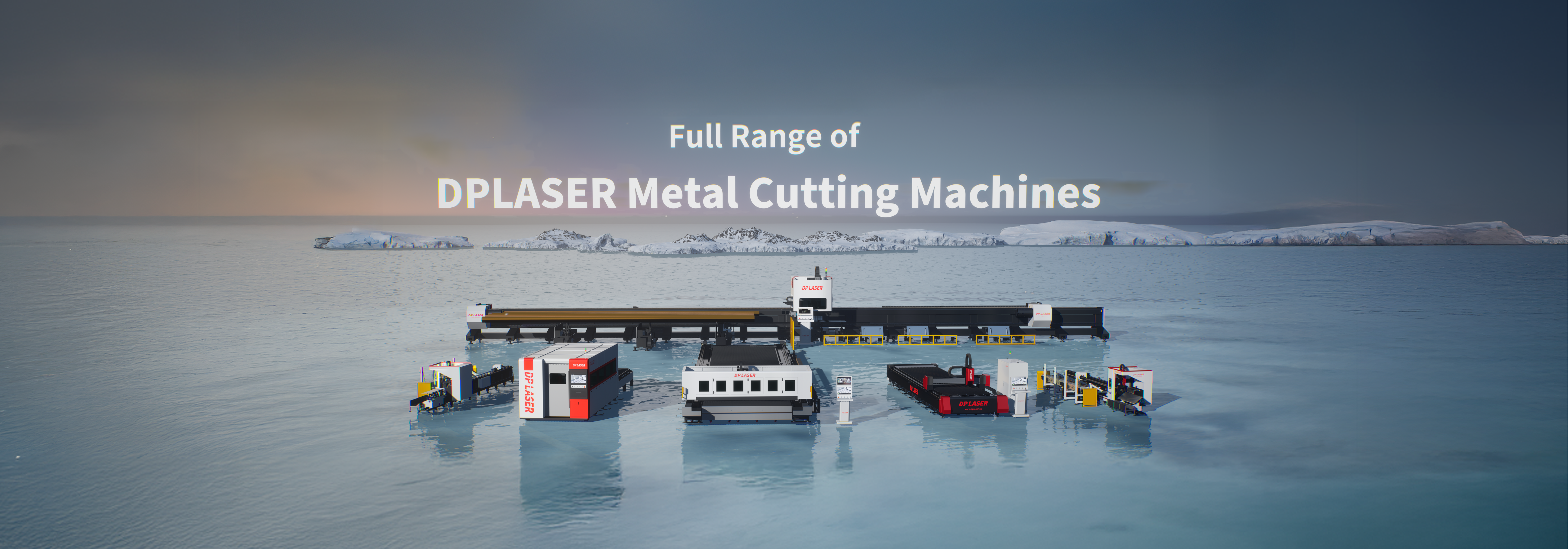What Makes Fiber Laser Suitable for Efficient Sheet Metal Cutting?
Every operator working with sheet metal knows that efficiency isn’t something that is nice to have but rather something that is critical to have. When it comes to cutting a sheet of metal with no delays, losses, and solving continuous problems with the equipment, a fiber laser has become a highly preferred option for a number of shops. This isn’t just a trend; there are pragmatic reasons for the laser’s focus when it comes to these applications. Let’s examine the reasons why a fiber laser is economical in cutting sheet metal while avoiding overly complicated technology.
Increased Productivity Due to Superior Cutting Speed
One of the factors that contributes to the fiber laser’s competitive edge in the cutting industry is the speed with which it operates. Unlike other methods that rely on older cutting techniques and have to deal with long cutting periods, fiber laser has a cutting edge that focuses one beam and applies energy on a given area with laser precision and minimal waste. This means that it could cut metal sheets in a timely manner, especially if the thickness of the materials is thin, and range from stainless steel to carbon steel of about 1mm to 10mm.
For example, if a shop is cutting parts which are small and complex from a .025 thick steel sheet, a fiber laser will be able to make the cuts in a squirrelly manner without having to pause in order to cool down the heat of the tip or adjust the beams. The time saved in single sheets of the sheet, throughout the day or the week translates to more sheets processed and more orders streamlined without the machine having to wait to finish. It is quite common to to hear positive feedback from fiber laser clients observing that they are able to accept more orders without operationally increasing shifts, which is quite difficult when using slower cutters.
Lower Cost and Energy Consumption
In any business, it is always prudent to keep an eye on the outgoing expenses. For the sheet metal industry, the use of fiber laser can help balance the books on two fronts, which is spending less energy and less down time to maintain the machine. To begin with, fiber laser systems compare to other laser types, for example CO2 laser systems, in that they consume a lot less power. The difference could be as much as 30%-50% less electricity used in a day which translates to cost effectiveness. For the cutting makes that are operated for 8 plus hours, the savings is immense over a month.
Next is for upkeep Fibber laser systems have for other options. You don’t have to expensive mirrors or tubes replaced as often. Complicated components have a less chance of breaking down. Less downtime for repairs means lower costs for extra parts. Suppliers often highlight this. Less maintenance means customers can spend more time cutting than fixing. For a shop focusing on consistent output, this is helpful in terms value.
Reducing The Need For Post-Processing
In fiber laser technology, efficiency is determined as the ability to clean up the work area after cutting, and also touch up on the piece.Unlike other fiber lasers, the machine equally performs well on other materials, a major benefit for any shop that processes multiple sheets of metal. Fiber laser handles materials like carbon steel, stainless steel, aluminum, and even some coppers devoid of quality loss. For instance, laser cutting aluminum poses a challenge with certain processes because of its heat, but fiber laser’s focused beam seamlessly cuts the solid and warped metals. Not having to switch and cycle between machines for other metals works to the advantage of the shop, all while space and efficiency are not compromised.
Reliable Fiber Laser Performance and Operation
No matter how fast a machine is, if it's cumbersome to operate, and constantly breaking down, the efficiency it provides, gets killed. A handy and user-centric option, fiber laser systems address the issue with both reliability, and, of course, ease of operation. Unlike some of the older laser cutters, their than sleek and compact design makes them more sturdy; thus, they are well suited for everyday harsh handling in a busy shop. The parts do not need to be meticulously aligned, and do not require a lot of calibration.
Most systems nowadays have easy and straightforward controls, this makes it easy for employees and even beginners to master the basics within the minimum time frame and without heavily specialized training. The software helps: designs can be uploaded and other parameters such as the thickness of the material can be easily configured. You do not have to spend countless time preparing for all the steps, instead, systems have significantly reduced the time necessary for preparing to cut and increased the time for actually executing the cut. Businesses that need to train new employees or those that change operators frequently will find this efficiency gain very useful.
Conclusion
All in all, fiber laser technology’s exceptional performance characteristics make it ideal for cutting sheet metal: low operational costs, low maintenance requirements, high speed, high quality vis-a-vis post-processing, quick cutting, high volume, high reliability, and easy to automate. These value propositions synergistically create a machine that streamlines workflows in a shop. Shops laser cutting in small volumes custom parts or high volume standard pieces benefit more in regards to part delivery dues and total turn over costs on optimized service. This explains the rapid adoption of fiber laser sheet metal technology.

